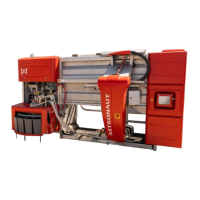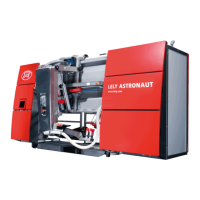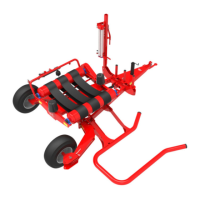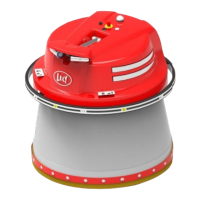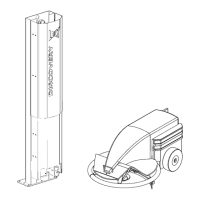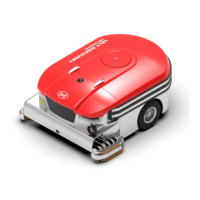Failures
Chapter 7 - page 6
M-HE.002.1003
7.1.15 Sudden increase
The problem appears out of the blue. Usually the bacterial counts are correct, but all of a sudden there is a
problem. This indicates that pieces of filth (not manure, but contaminated milk) are allowed into the tank.
• Check if cleaning of the tank was performed properly.
• Check if the cooling functions optimal (tank guard).
• Check coupling units and valves for contamination.
• Check the rubber connection above the milk receiver jar for contamination.
• Check the vacuum pipelines for contamination.
• Check the adjustment for disinfection of the cleaning rollers/brushes (also refer to section 3.4.4 ’Adjust’).
• Check the cleaning of the buffer tank and the intermediate part of the milk delivery line and clean the buffer
tank, if necessary, before using it.
• Check if there are any changed factors or circumstances which may affect the milk quality.
• Check if the pre-milking device is clean.
• Check the performance of the moisture collector fitted to old ASTRONAUT milking robot models.
• Once you have detected the source of contamination: clean the soiled parts and start an additional cleaning
by hand. In case certain parts are cleaned manually, we recommend that you start a cleaning before milking.
Otherwise the polluted material may fall into the system and, hence, into the milk.
NOTE
• If you cannot find the cause, warn your Lely service technician immediately.
To ensure optimum hygienic conditions it is imperative that both the robot and the control area are cleaned on a
regular basis. This means that also the cow housing, including cubicles and straw, should be clean to prevent
problems with the bacterial count. If necessary, use a scraper to clean the grids.
7.1.16 Increased cell count
Causes for cell count problems are often more difficult to find, because usually a number of causes is responsible.
• Check if the milking robot is in good working order. If you do not dispose of a recent measurement and advise
report (not older than 5 months), ask for a new one.
• Replace the teat liners in time (refer to section 6.2.2 ’Weekly maintenance’ > Teat cup liners).
• Check if the visit frequency of the cows is variable (X-pert programme, menu "Measurement > Milking robot
Lely", Shift F6).
• Check the number of cows which visit the robot irregularly. Use the alarm list(s) and cow data in the X-pert
programme. If possible, establish the causes for the low visit frequency:
• Check the quality and availability of concentrates
• Guide the cows which have not visited the robot over 10 hours, to the robot.
• Carefully check the pasture grazing system and corresponding routing.
• Check for a correct group division
• Check the earthing of the machine.
• Check if there are any obstacles which may obstruct cow traffic.
• Check if the feed composition has been altered.
• Check if there are cows with considerably increased cell counts.
• Check for contamination with Staphyloccocus Aureus. If so, consult you veterinary for a treatment plan.
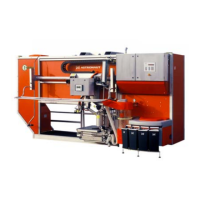
